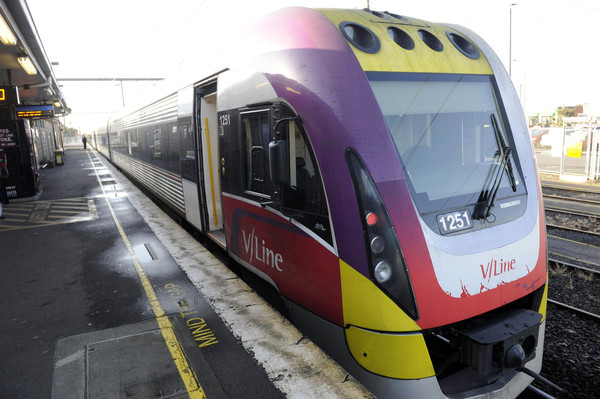By ALANA MITCHELSON
THE State Government has “no plans” to terminate Gippsland regional train services in Pakenham, despite controversial recommendations by Victoria’s infrastructure advisory body, according to a State MP.
Infrastructure Victoria (IV)’s citizen jury has recommended that Gippsland V/Line services stop at Pakenham station, forcing commuters to switch to a metropolitan train.
The report proposed increased services on the Gippsland line that would connect with metro services at Pakenham, creating a “Pakenham rail shuttle”.
Cardinia Shire Council mayor Jodie Owen said the proposed changes would cause congestion at Pakenham station.
“Such a change would require a large number of commuters having to disembark at Pakenham to use metropolitan services,” Ms Owen said.
“This would also present significant issues for commuters with disabilities and mobility issues, and cause distress for those requiring toilet facilities, which are not available on metropolitan trains.”
In response to a backlash from local councils and Gippsland line commuters since the report’s release earlier this month, Member for Eastern Victoria Harriet Shing said the State Government was not considering the termination of Gippsland trains at Pakenham.
Public Transport Users Association regional spokesman Paul Westcott said he was surprised to see the idea re-booted when it had received a “bad reaction” when proposed by Metro Trains a few years ago.
“It was so roundly opposed. Regional passengers travelling for long periods of time don’t want to have to fight their way on to a suburban train which would add time to their trip,” he said.
“V/Line trains take up the room of about four stopping trains on the tracks, so if they’re removed from the metropolitan area, Metro could increase their number of trains. But this would be at the expense of V/Line passengers.
“Metro is not as well-designed for long travel and passengers that may be carrying luggage.
“I can’t see it going ahead and can’t imagine politicians agreeing with this proposal. It’s not an acceptable way to treat V/Line passengers.”
Mr Westcott said that Victoria’s train system instead needed “better signalling” that allowed for services to run more frequently.
The regional citizen’s jury representatives were each from within 100km of Shepparton.
The jury met six times this year before releasing its report, launched to inform government about the state’s 30-year infrastructure strategy. It received about 260 submissions from individuals and organisations across the state.
In the Committee for Gippsland’s submission, committee chief Mary Aldred said that while the Gippsland-Pakenham rail shuttle would provide a short-term increase to services, it would not provide a long-term solution.
“Commuting from Gippsland is not a short distance and the requirement to change at Pakenham before continuing on into Melbourne is unacceptable,” her submission read.
“The Committee for Gippsland is also of the strong view that Gippsland V/line passengers should not be forced to disembark at Pakenham and then have to wait and then travel on a metro train into Melbourne. Just like other regions, Gippsland V/line passengers should be assured of being able to travel to and from Melbourne on the same service.
“The Committee for Gippsland is particularly keen to see the planning and eventual construction of a third and fourth line to help avoid the current congestion once Gippsland V/line trains reach Pakenham and Dandenong.”
This second option, which the jury had rejected in favour of the Pakenham rail shuttle, would involve the construction of a dedicated regional rail track from Pakenham to separate V/Line trains and freight from Metro trains.
Mr Westcott said that while it was the more costly option, he believed the project to be feasible.
IV will provide a response to the jury’s recommendations alongside the draft strategy in October.







